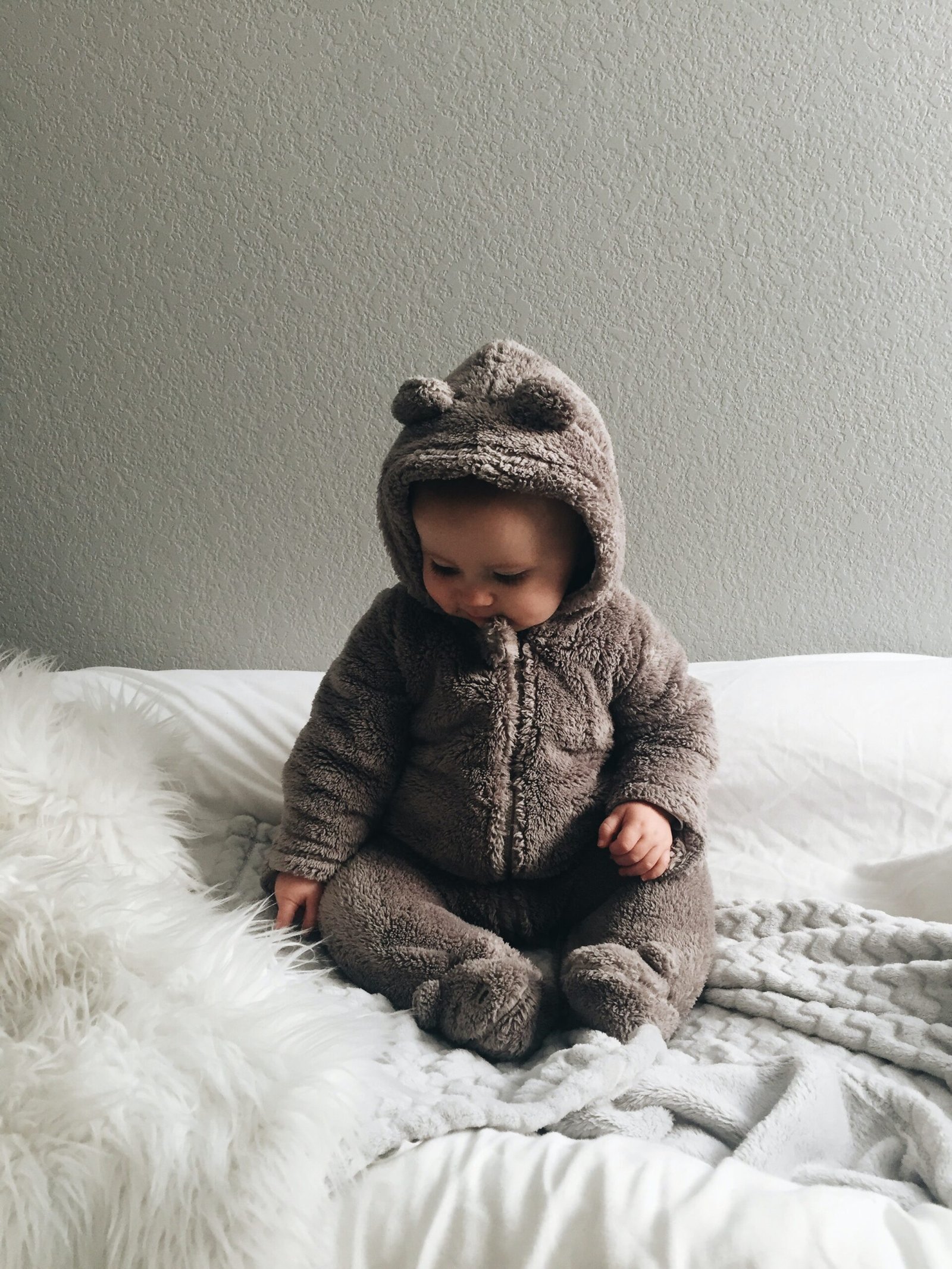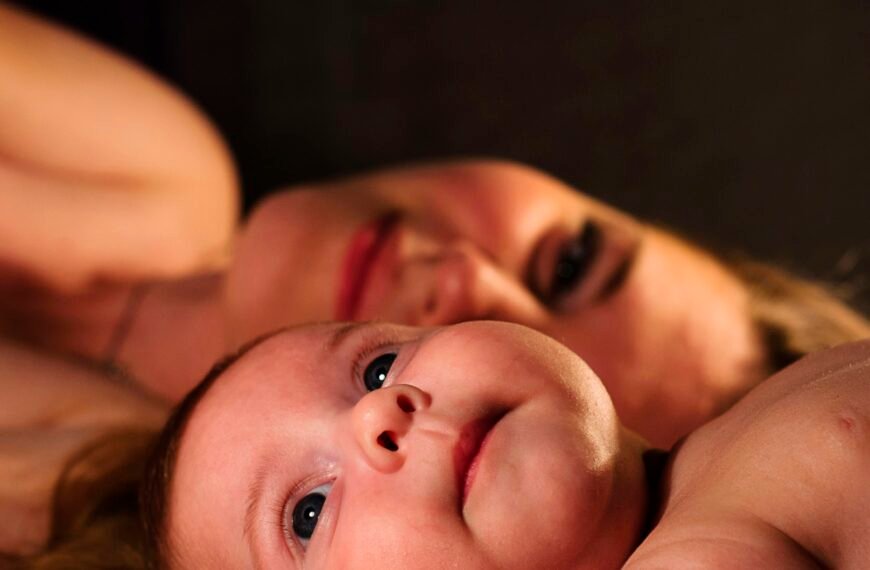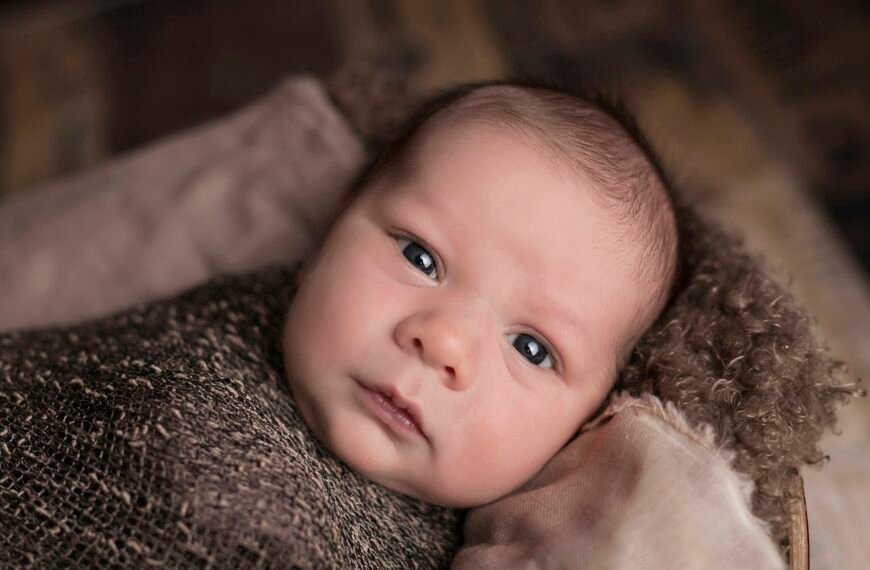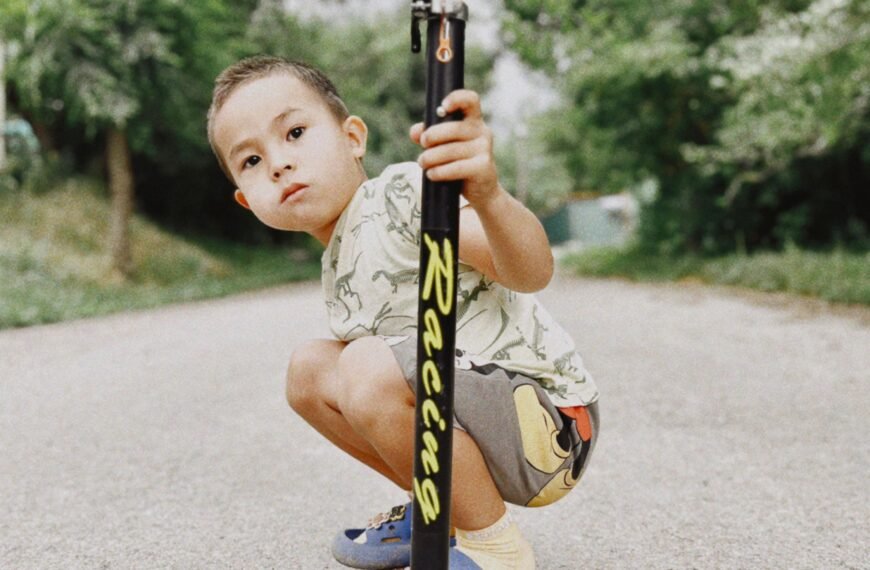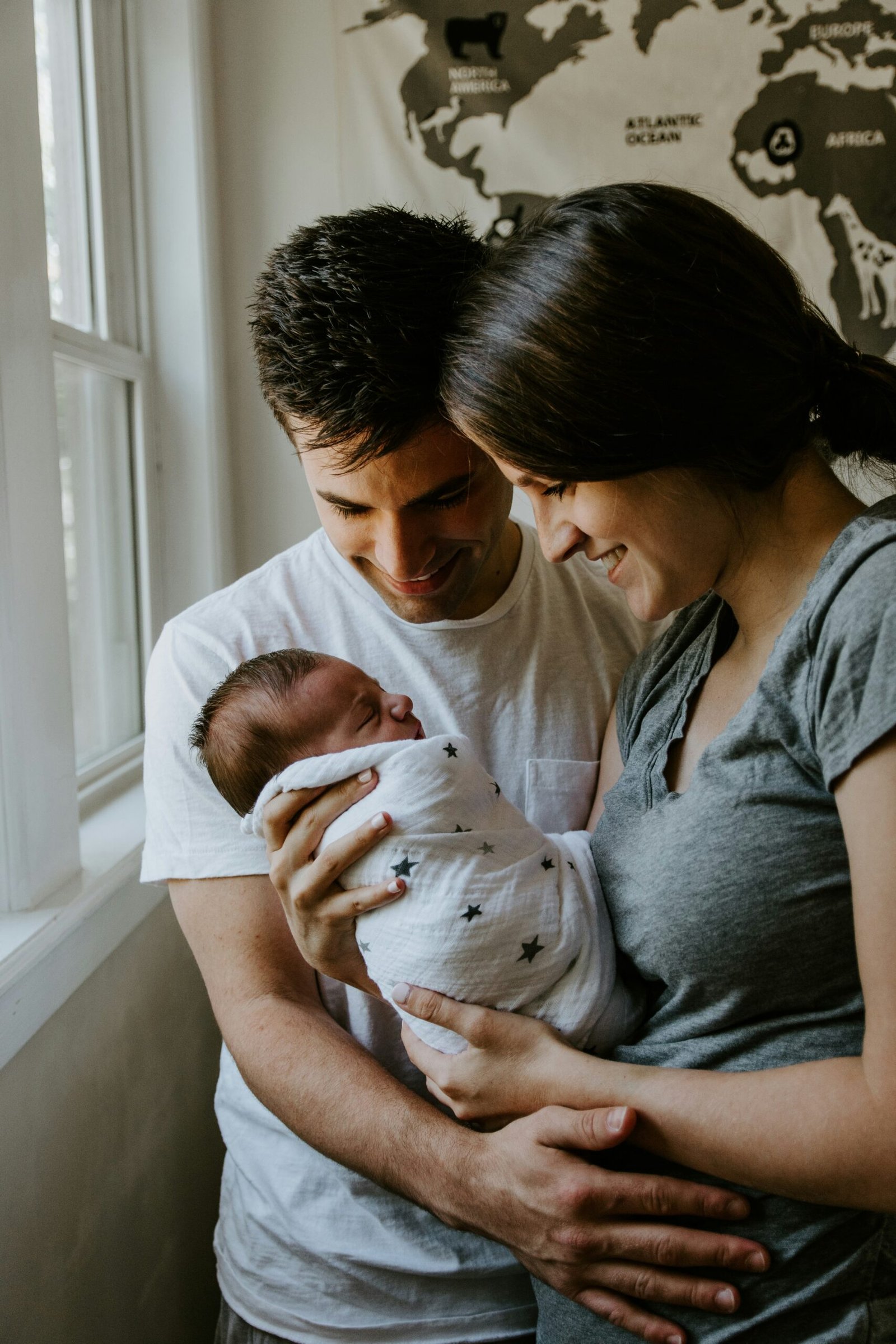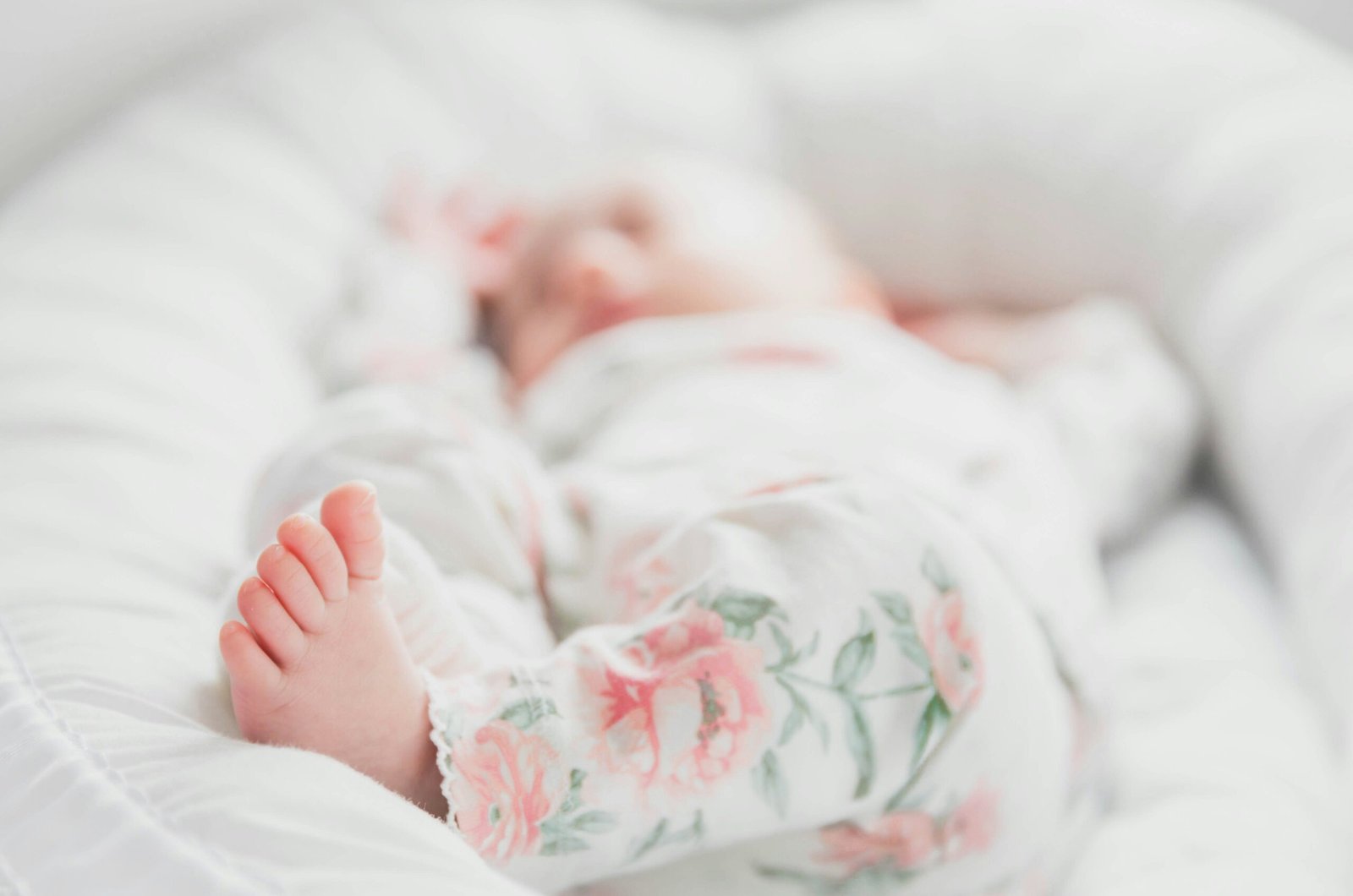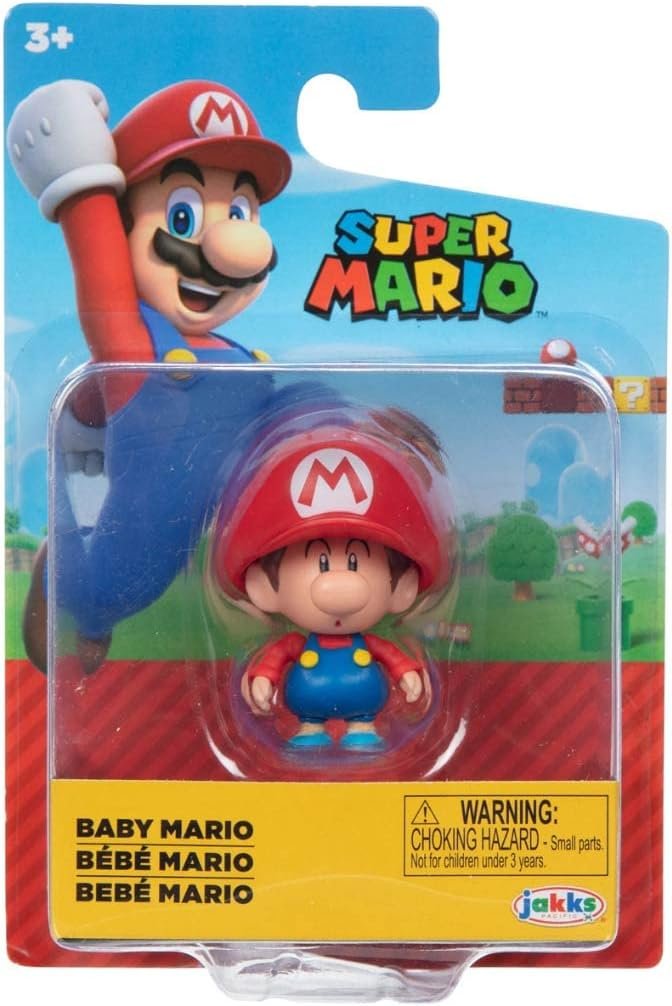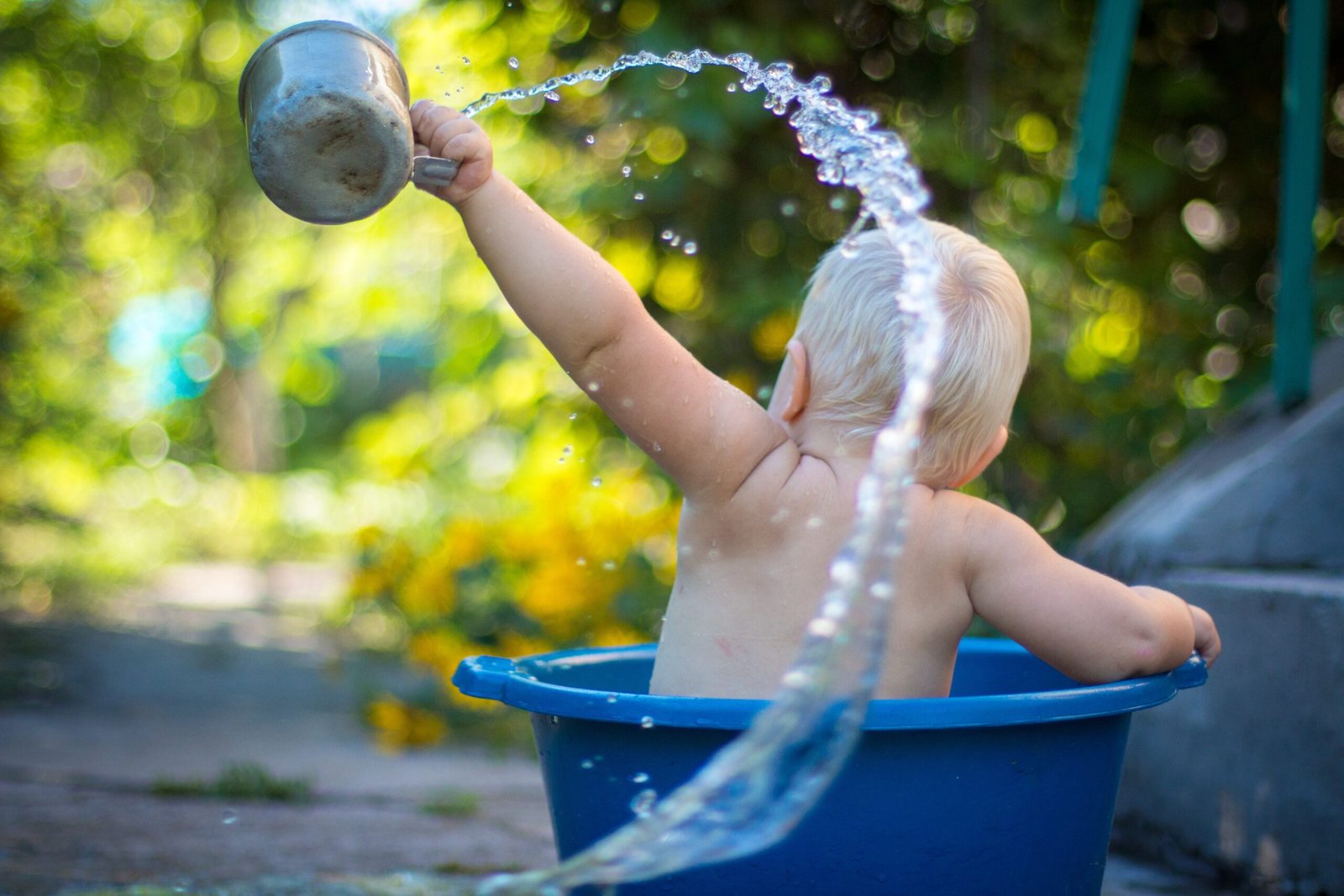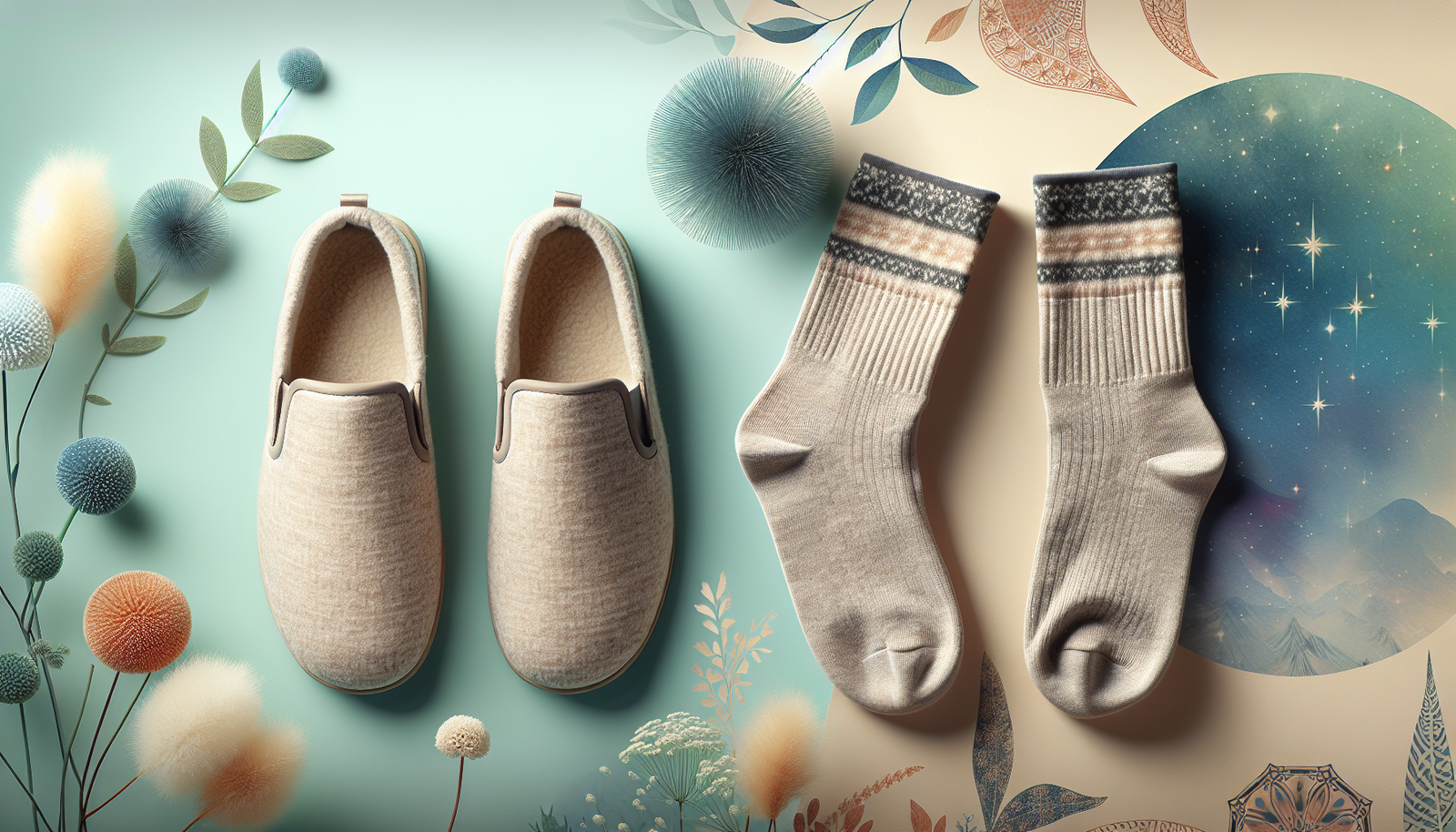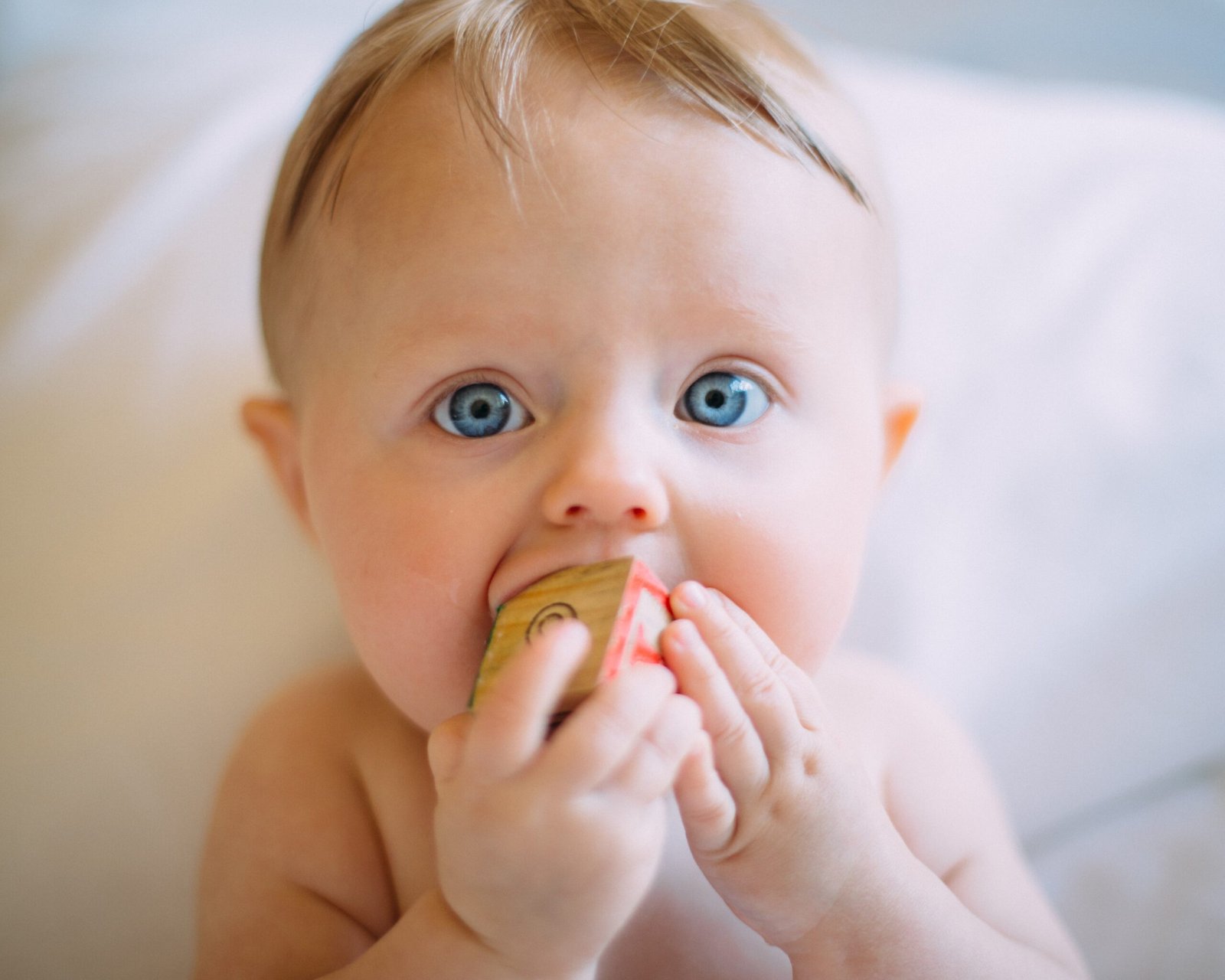In this article, you will discover effective and safe methods to clean baby toys that cannot be washed. As parents, we all know how important it is to keep our little ones’ toys clean and germ-free. However, there are certain toys that are not suitable for washing with soap and water due to their delicate materials or electronic components. But worry not, because we have got you covered. With these simple yet effective techniques, you can ensure that your baby’s toys stay clean and hygienic, without the risk of damaging them. So, let’s dive in and learn how to tackle this cleaning challenge with ease.
Check Baby Toys Guide & Review
Cleaning Solutions
Vinegar Solution
For a simple and natural cleaning solution, look no further than vinegar. Mix equal parts of white vinegar and water to create a gentle yet effective cleaner. Vinegar is a great option for disinfecting and deodorizing toys, thanks to its antibacterial properties. It is safe to use on a variety of materials, including plastic, wood, and fabric. Simply apply the vinegar solution to a soft cloth or sponge, then wipe down the toys thoroughly. Rinse the toys with water afterward to remove any vinegar residue.
Baking Soda Paste
When it comes to tackling tough stains or caked-on dirt, baking soda is your best friend. Create a paste by mixing baking soda with a small amount of water. This paste can be applied to toys with a soft bristle brush or toothbrush to gently scrub away stubborn grime. Baking soda is non-toxic and safe to use on various toy materials. After scrubbing, rinse the toys with water and allow them to air dry.
Hydrogen Peroxide Solution
Hydrogen peroxide is another excellent cleaning option, especially for disinfecting toys. To create a hydrogen peroxide solution, mix equal parts of hydrogen peroxide and water. This solution is effective in killing bacteria and viruses that may be lurking on your baby’s toys. Use a soft cloth or sponge to apply the solution to the toys, making sure to cover all surfaces. Rinse the toys with water after cleaning and let them air dry completely before returning them to your little one’s play area.
Wiping and Scrubbing
Soft Cloth or Sponge
A soft cloth or sponge is a must-have for cleaning baby toys. These gentle cleaning tools are perfect for wiping down toys, removing dirt, and ensuring a thorough clean. When using a cloth or sponge, make sure it is clean and damp. Avoid using excessive water as it can damage certain toy materials, particularly those that are not water-resistant. Remember to rinse the cloth or sponge frequently during cleaning to avoid spreading dirt or germs.
Toothbrush
A toothbrush can be a game-changer when it comes to cleaning small, hard-to-reach areas of toys. The bristles of a toothbrush can effectively remove dirt and grime from crevices, edges, and textured surfaces. Choose a toothbrush with soft bristles to prevent scratching or damaging delicate toy materials. Dip the toothbrush in a mild cleaning solution or baking soda paste, then gently scrub the targeted areas. Rinse the toy thoroughly afterward to remove any residue.
Soft Bristle Brush
For toys with a more delicate finish or those made from fabric, a soft bristle brush is the ideal cleaning tool. The soft bristles can effectively remove dirt without causing any damage. Simply dip the brush in a mild cleaning solution or a mixture of water and soap, and gently scrub the toys. This method is especially useful for plush toys or toys with intricate details that may be difficult to clean with a cloth or sponge. Rinse the toys afterward and allow them to air dry completely.
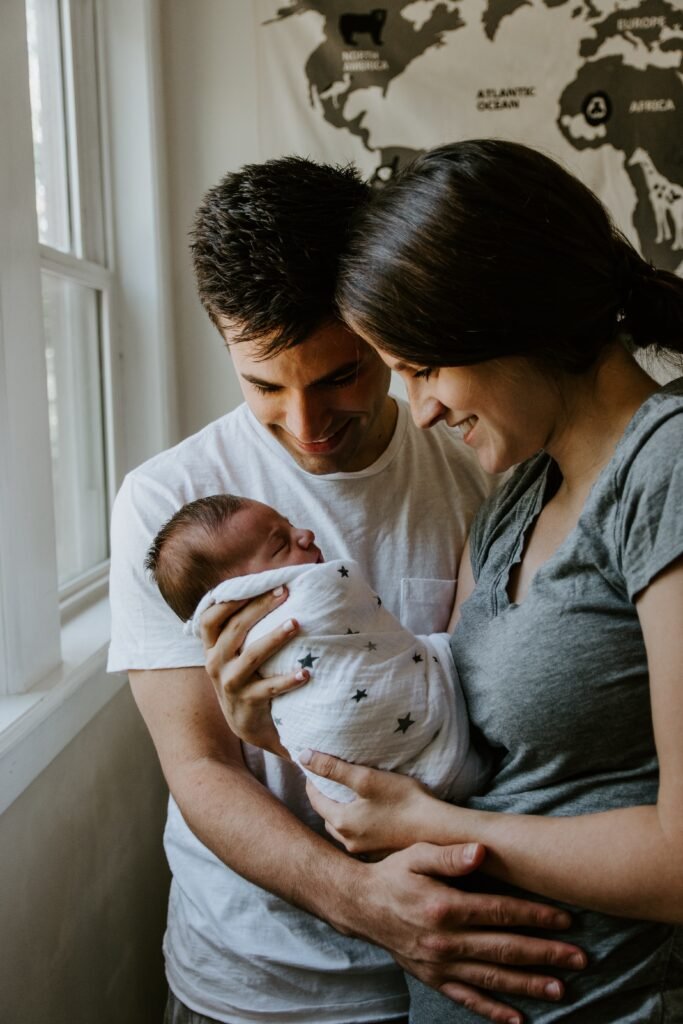
Drying Methods
Air Drying
One of the simplest and most effective ways to dry baby toys is through air drying. Once you have cleaned the toys, place them on a clean towel or drying rack and let them air dry naturally. This method is safe for most toy materials and allows any excess moisture to evaporate, preventing the growth of mold or mildew. Ensure that the toys are placed in a well-ventilated area, away from direct sunlight, to prevent fading or damage.
Sunlight Exposure
If weather permits, sunlight can be used as a natural drying method for baby toys. Sunlight is not only great for drying toys but also for killing bacteria and eliminating odors. Place the cleaned toys in direct sunlight for a few hours, ensuring that all sides are exposed. However, be cautious with toys made from materials that may be sensitive to sunlight, such as certain plastics or fabrics, as prolonged exposure may cause fading or damage.
Use of Blow Dryer
In cases where you need to dry baby toys quickly, a blow dryer can be a reliable solution. Set the blow dryer to a low or cool setting and hold it a few inches away from the toy. Move the blow dryer back and forth, ensuring that the warm air reaches all parts of the toy. Be cautious not to use a high heat setting, as it may damage certain toy materials. This method is especially handy for toys made from fabric or plush, where air drying may take a longer time.
Disinfecting Techniques
Steam Cleaning
Steam cleaning is an effective and chemical-free method to disinfect and sanitize baby toys. It is particularly useful for toys that cannot be submerged in water or those with intricate details. Using a handheld steam cleaner, apply the steam directly to the toy’s surface, ensuring that all areas are covered. The high temperature of the steam kills bacteria and germs, providing a thorough cleaning. Follow the manufacturer’s instructions for the steam cleaner and allow the toys to dry completely before use.
Alcohol Solution
For quick and efficient disinfection, an alcohol solution is a reliable choice. Mix equal parts of water and rubbing alcohol to create a disinfecting solution. Dampen a soft cloth or sponge with the solution, then wipe down the toys thoroughly. Ensure that the entire surface of the toys is covered by the solution. This method is suitable for a wide range of toy materials, including plastic, wood, and metal. After disinfecting, rinse the toys with water and let them air dry completely.
UV Light Disinfection
UV light disinfection is an innovative method that eliminates bacteria and viruses on baby toys. There are different types of UV light devices available, such as UV sterilizer bags or UV light wands. Follow the manufacturer’s instructions for the specific device you are using. Place the toys inside the sterilizer bag or use the UV light wand to expose all surfaces of the toys to the UV light. This method is efficient, convenient, and eliminates the need for chemical disinfectants.

Cleaning Different Materials
Plastic Toys
Plastic toys are commonly found in every child’s toy collection and are relatively easy to clean. Begin by wiping down the toys with a damp cloth or sponge dipped in a mild cleaning solution. Pay extra attention to any areas that may have accumulated dirt or grime. Rinse the toys with water, ensuring that all soap residue is removed. For a deeper clean, you can also soak the plastic toys in a mixture of warm water and mild dish soap. Avoid using abrasive materials or harsh chemicals as they can damage the plastic surface.
Wooden Toys
Wooden toys require gentle cleaning methods to prevent any damage or warping. Start by wiping down the toys with a damp cloth or sponge dipped in a mild cleaning solution. Avoid using excessive water to prevent the wood from absorbing moisture. For stubborn stains or grime, create a paste by mixing baking soda and water, then apply it to the affected areas. Gently scrub the stains with a soft bristle brush or toothbrush, then rinse the toys with water. To keep the wood in good condition, periodically apply a natural wood oil or beeswax polish.
Plush Toys
Plush toys can accumulate dust, allergens, and other particles over time. It is essential to clean them regularly to keep them hygienic. Start by checking the manufacturer’s instructions, as some plush toys may be machine washable. If machine washing is recommended, place the toys in a mesh laundry bag to protect them during the wash cycle. Use a gentle cycle and a mild detergent. For non-machine washable plush toys, spot cleaning is the best option. Create a mixture of mild detergent and water, then use a soft cloth or sponge to gently clean the toy’s surface. Avoid saturating the toy with water and ensure it is thoroughly air-dried afterward.
Cleaning Electronic Toys
Surface Cleaning
To clean electronic toys, begin by removing any batteries and ensuring that the toy is switched off. Wipe down the surface of the toy using a damp cloth or sponge. Use a mild cleaning solution or a mixture of water and mild detergent for stubborn dirt. Make sure the cloth or sponge is not too wet to prevent any damage to the electronic components. Pay extra attention to buttons and crevices where dirt may accumulate. Dry the toy thoroughly before reinserting the batteries or turning it back on.
Battery Compartment Cleaning
The battery compartment of electronic toys can often collect dirt and debris. To clean it, start by removing the batteries from the toy. Use a soft cloth or toothbrush to wipe away any loose dirt or dust from the compartment. If there are visible stains or grime, create a paste with baking soda and water and apply it to the area. Gently scrub the compartment with a toothbrush, ensuring not to damage any electronic components. Wipe away any residue with a clean, damp cloth, then dry the compartment completely before inserting new batteries.
Avoid Submerging
It is crucial to avoid submerging electronic toys in water or any cleaning solutions. Water can damage the internal circuitry and ruin the toy permanently. Instead, use damp cloths or sponges to clean the surface of the toy, paying attention to crevices and buttons. Always refer to the manufacturer’s instructions for specific cleaning guidance, as some electronic toys may have additional cleaning requirements.

Cleaning Bath Toys
Prevent Mold Growth
Bath toys are often exposed to moisture, creating an ideal environment for mold and mildew to grow. To prevent mold growth, make sure to drain and dry the toys after each bath. Squeeze out any excess water from the toys, paying attention to any holes or crevices where water may accumulate. Allow the toys to air dry completely before storing them. Additionally, periodically inspect the toys for any signs of mold or mildew and discard any that show visible signs of contamination.
Bleach Solution Rinse
If you notice that your bath toys have developed mold or mildew, a bleach solution can help eliminate the growth. Create a mixture of 1-part bleach to 10-parts water. Soak the affected toys in the solution for approximately 10 minutes, ensuring that all surfaces are submerged. Use a soft brush or toothbrush to scrub away any remaining mold or mildew. Rinse the toys thoroughly with water to remove any bleach residue, then dry them completely before returning them to the bath area.
Regular Check
Regular inspection of your child’s bath toys is essential to ensure their safety and cleanliness. Check for any signs of mold, mildew, or other contamination. If any toys show signs of damage or cannot be thoroughly cleaned, it may be time to replace them. By staying vigilant and maintaining a regular cleaning routine, you can keep your baby’s bath toys fresh, clean, and mold-free.
Cleaning Teething Toys
Use of Dish Soap
Teething toys often end up in babies‘ mouths, so it is crucial to keep them clean and hygienic. Start by washing teething toys with mild dish soap and warm water after each use. Use a soft cloth or sponge to clean the surface thoroughly, paying attention to any textured areas or crevices. Rinse the toys with water to remove any soap residue, then pat them dry with a clean towel. Regular cleaning will help prevent the buildup of bacteria or harmful substances.
Freezer Method
Aside from regular cleaning, placing teething toys in the freezer can help sanitize and soothe your baby’s sore gums. Simply rinse the toy to remove any visible dirt or debris, then place it in a clean plastic bag. Put the bagged toy in the freezer for a few hours or overnight. The cold temperature will help kill bacteria and provide relief to your little one’s teething discomfort. Remember to wash the toy with soap and water before returning it to your baby.
Teething Toy Wipes
Teething toy wipes are a convenient option for cleaning teething toys on the go. These wipes are specifically designed to be safe for babies, free of harmful chemicals, and effective in removing dirt and germs. Simply wipe down the teething toy thoroughly with the wipe, ensuring that all surfaces are covered. These wipes are ideal for quick cleanups and can be easily stored in your diaper bag or purse for easy access.
Cleaning Fabric Toys
Spot Cleaning
Fabric toys can be more challenging to clean, as machine washing may not always be an option. For light stains or spots, spot cleaning is the best approach. Start by removing any loose dirt or debris from the toy’s surface. Mix a small amount of mild detergent with water to create a cleaning solution. Dip a soft cloth or sponge into the solution, then gently blot or dab the stained area. Avoid rubbing vigorously, as this can damage the fabric. Rinse the cloth or sponge with clean water and blot the area again to remove any soap residue. Allow the toy to air dry completely before giving it back to your baby.
Machine Washing Precautions
If fabric toys are machine washable, there are a few precautions to keep in mind. First, check the manufacturer’s instructions for specific washing guidelines. Use a gentle cycle and a mild detergent to prevent any damage to the toy’s fabric or stuffing. Place the toy in a mesh laundry bag or pillowcase to protect it during the wash cycle. Avoid washing the toy with items that have zippers or hooks, as they can potentially snag or damage the toy. After washing, allow the toy to air dry completely.
Air Drying Tips
When air drying fabric toys, it is important to follow certain tips to ensure they dry properly and retain their shape. After cleaning, gently squeeze out any excess water from the toy. Avoid wringing or twisting, as this can cause the fabric to stretch or warp. Lay the toy flat on a clean towel or drying rack, reshaping it if needed. Flip the toy occasionally to ensure that all sides are exposed to air. Additionally, avoid direct sunlight, as it can fade the colors or affect the fabric’s durability. Allow the toy to air dry completely before giving it back to your little one.
Cleaning Outdoor Toys
Hose Down
Outdoor toys often accumulate dirt, grass, and other debris during playtime. A simple and effective way to clean them is by hosing them down. Use a garden hose to spray the toys thoroughly, making sure to reach all corners and crevices. This method is particularly suitable for plastic toys, as they can withstand water exposure. For toys with stubborn dirt or stains, you can also use a mild detergent and a soft cloth or brush to scrub the surface. Rinse the toys with water afterward, ensuring all soap residues are removed. Allow the toys to air dry before storing or using them again.
Soap and Water Cleaning
For outdoor toys made from materials sensitive to water, such as wood or fabric, using soap and water is a gentle and effective cleaning method. Fill a bucket with warm water and add a small amount of mild dish soap. Dip a soft cloth or sponge into the soapy water, then wring out any excess moisture. Gently wipe down the toys, paying attention to any dirt or stains. Rinse the cloth or sponge frequently to avoid spreading dirt or grime. Rinse the toys with clean water afterward and let them air dry completely.
Protective Treatment
To prolong the life of outdoor toys and protect them from the elements, consider applying a protective treatment. For wooden toys, apply a natural wood sealant to protect them from moisture and prevent warping or rotting. For plastic toys, use a UV-resistant spray to shield them from sun damage and fading. Fabric or canvas toys can benefit from a fabric protector spray, which helps repel water and keep them looking clean. Always follow the manufacturer’s instructions and ensure that the toys are clean and dry before applying any protective treatments.
With these comprehensive cleaning methods for various types of baby toys, you can ensure that your little one’s playthings remain clean, safe, and hygienic. Remember to read and follow the manufacturer’s instructions for specific cleaning guidelines, and regularly inspect the toys for signs of damage or wear. By maintaining a clean and sanitized toy collection, you can provide a healthy and enjoyable play environment for your baby.

